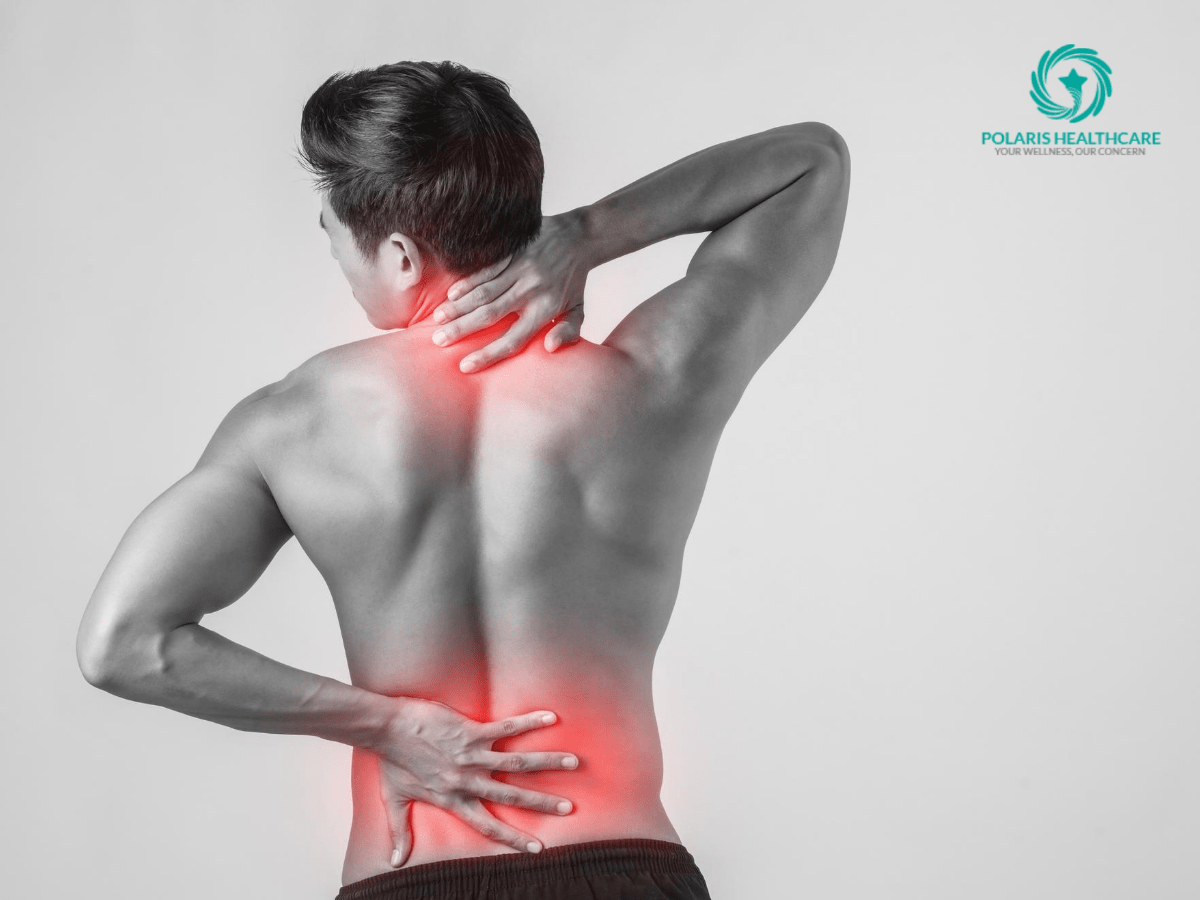In today's fast-moving world, it is difficult to single out someone who doesn't experience some pain management or another. Experiencing stiffness or pain after getting up in the morning instead of that fresh feeling is very common after a certain age.
The wear and tear of some body parts, which might not have received the necessary treatment at the appropriate time, is the most likely cause. As long as the pain is tolerable, we continue to neglect it and do not prioritize it. Some of us rely on painkillers to numb the discomfort.
Through this blog, I want to stress the necessity of catering to these discomforting signals from the body up front. To save ourselves from worsening things, addressing the issues at the right time becomes very important. As they say, a stitch in time saves nine!
Pain management is a branch of medicine that uses an interdisciplinary approach to ease suffering and improve the quality of life of those with chronic pain. At the very least, it is essential to know in simple terms what the most annoying (all the pests are, for that matter) types of pain are so that knowing and managing them is easier!
Types of Pain
Pain can be classified into many categories. It's always best to consult a orthopedic doctor in pune whenever there is discomfort. Putting it in a simple way here:
Chronic pain: This caught you unawares, just sat inside you, and never left you since then! Arthritis, back pain, cancer, circulation problems, diabetes, fibromyalgia, and headaches fall into this category.
Acute Pain: On the other hand, this pain is merciful; even though it comes suddenly and troubles much, it also lasts a short duration. Fractures, accidental falls, cuts, burns, dental procedures, labor and childbirth, and surgeries are some examples.
Nerve pain: The reason is in the name. It happens as some nerve fibers get damaged. It's usually characterized by sharp, shooting, burning, or stabbing pain.
Psychogenic pain: Sadness, trauma, loss of someone dear, setbacks, and inability to handle life challenges, causes psychogenic pain. It does additional work of making the existing pains worse.
Musculoskeletal pain: This especially troubles the muscles, ligaments, tendons, and bones.
Chronic muscle pain: A little here and there, you move it the wrong way, and you get it.
Joint pain: Widespread pain from a young age, often ignored when it starts, and then comes to a point where doctors are left with no other option but to do joint replacement surgery.
Central pain syndrome: when the damage is caused by stroke, multiple sclerosis, tumors, and many other conditions, it can lead to constant pain in either large or confined places. The hurting list can go longer than this. This blog will focus on a practical mix of some instrumental therapies/Techniques used to manage the pains.
They include:
Pain-relieving medicines: These are prescribed by your doctor based on the intensity of pain and discomfort. It is essential to keep track of the effectiveness and be in regular contact with the doctor to decide whether to continue or change the potency of the medicine.
Physical therapies: Physiotherapy is a low-impact aerobic training, strengthening exercises, and pain relief exercise all tailored for you by your physical therapist, which you can even perform at home at your convenience once you learn them.
Psychological therapies: Pain annoys us as it interferes with our sleep, changes our demeanor, and makes us somebody else who is irritable, sad, and troubled. Psychologists use talk therapy, counseling, pain coping skills, etc.
Mind and body techniques: They say it's all in mind. There are ways to control the pain using our senses. Relaxation, meditation, and positive thinking help reduce the need to eat painkillers.
Occupational Therapy:
- Specific performance problems in daily activities are assessed.
- Essential activities are identified.
- A rehabilitation plan is put in place to help the patient get relief from the chronic pain and get into easy handling of pain while being able to do activities in a much-composed way.
Non-invasive pain relief techniques
- Cold and heat: These two tried and tested methods are the cornerstones of relieving the pain of certain kinds of injuries.
- Exercise and deep breathing are central to all techniques. Breathe in peace and breathe out stress.
- Yoga and tai chi are other mind-body exercises that incorporate breath control, meditation, and specific practices for specific areas.
- Biofeedback: This therapy helps control involuntary body processes like heart rate, blood pressure, muscle tension, and skin temperature. The patient is connected to the electrical sensors that provide information about the body. With that feedback, one can get subtle changes in the body, such as relaxing specific muscles.
- Music therapy: Yes, when we look at it deeply, it does act as therapy by providing stimulation to our senses, helps in rhythmic breathing, and diverts the attention from pain, which in some cases leads to a sound sleep.
- Therapeutic massage: Massage therapy is the manipulation of the body's soft tissues.
- In conjunction with other health services, massage therapy is a great way to speed up your body's healing process and prevent certain conditions from returning. Registered therapists use their knowledge of physiology and anatomy to combine techniques and customize each session to their client's needs.
Pain relief exercises
Some exercises help in relieving pain. Doing them under expert supervision or as guided by your physiotherapy or hospital in pune is advisable.
- Aerobic workouts can be done on land or in water, including walking, cycling, jogging, running, and swimming.
- Resistance and strength training
- Swimming workout
- Balance exercises
- Yoga
It's good to be aware of ways to relieve pain naturally as first-aid. Eat more fiber and foods rich in essential nutrients. Warm up or cool down aching joints with hot or cold fermentation. Get moving, and exercise daily to keep the body machine in action, as the body can rust too if not used.
0






